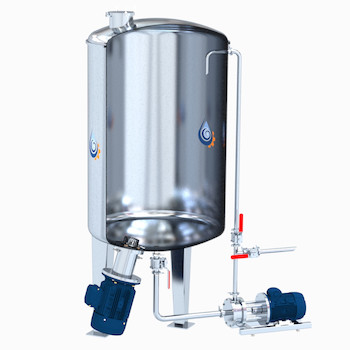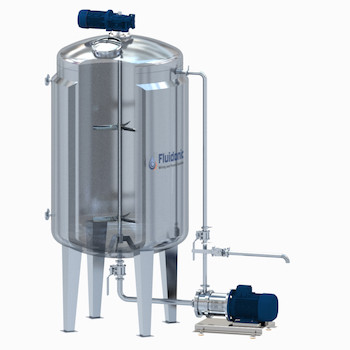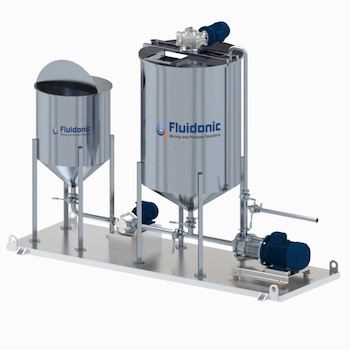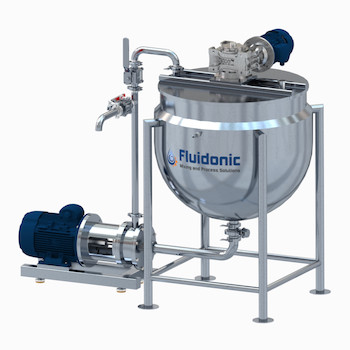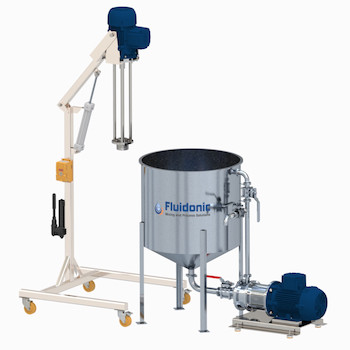Wet mixing and processing plants play a crucial role in industries where precise blending and processing of liquid or slurry materials are essential for the production of high-quality products. The design and features of these plants are tailored to the specific requirements of each industry.
Components and Features:
-
Mixing Vessels:
- Central to wet processing plants, mixing vessels are equipped to handle liquids or slurries, facilitating the blending of various ingredients.
-
Agitation Systems:
- Utilizes agitators, impellers, or stirrers to promote mixing and blending within the vessels. The design may include various agitator configurations based on the viscosity and characteristics of the materials.
-
Material Handling Systems:
- Incorporates systems for the controlled addition of raw materials into the mixing vessels. This may involve pumps, metering devices, and automated feeding systems.
-
Heat Transfer Equipment:
- In some cases, heat exchangers or jacketed vessels are integrated to control the temperature of the process.
-
Control Systems:
- Implements sophisticated control systems to regulate variables such as temperature, pressure, and mixing speed. This ensures precision in the wet mixing process.
-
Instrumentation:
- Includes sensors and gauges for monitoring parameters like pH, viscosity, and other relevant indicators.
-
Filtration and Separation Units:
- May incorporate filtration or separation units to remove impurities, particles, or unwanted components from the mixture.
-
Cleaning-in-Place (CIP) Systems:
- Integrates systems for automated cleaning of equipment, ensuring hygiene and preventing cross-contamination between batches.
-
Material Compatibility:
- Chooses construction materials compatible with the processed substances, often using stainless steel or other corrosion-resistant alloys.
-
Storage Tanks:
- Includes tanks for storing raw materials, intermediates, or finished products before or after the wet mixing process.
-
Safety Systems:
- Implements safety features such as emergency shutdown systems, pressure relief valves, and protective measures to ensure operator safety.
-
Quality Control Stations:
- May include quality control stations for sampling and testing the processed materials to ensure they meet specified criteria.
